Jim Robinson and Cathy Gathers-Robinson spent their lives in Pittsburgh before the couple retired last year to an Atlanta area that provides both a warm climate and comfortable environment, surrounding them with many African-Americans with economic achievements like theirs.
“Black people here are doctors, they’re lawyers, they’re homeowners, they’re business owners — you don’t see that in Pittsburgh,” said Mr. Robinson, a former technician and traveling customer service representative for PPG Industries.
He and his wife, a former nurse, trace their grandparents’ roots to Georgia, South Carolina, Virginia and Tennessee, and they are hardly alone as black ex-Pittsburghers who have moved to the South. They’re among many Northerners of color who have flocked back to a region their ancestors fled for much of the 20th century.
In what became known as the Great Migration, millions of blacks raised amid the South’s Jim Crow practices and farm-based economy trekked above the Mason-Dixon line in pursuit of better racial attitudes and job opportunities. The reverse is more recently true, in a national trend with its own storyline in southwestern Pennsylvania, where economic indicators for African-Americans have trailed far behind those of blacks in other major cities, North or South.
Since the 1960s — even earlier than for other Northern cities — more blacks have been leaving Pittsburgh than arriving in it. The region’s black population has not declined like the number of whites, due to African-Americans’ higher birth rates, but their negative exchange rate has shown up in data for five straight decades. The expatriates’ focus has been the New South, which spans the triangle from the nation’s capital to Florida and Texas, with Atlanta in-between long dubbed the “black mecca.”
Among the exodus, each with their own story but often sharing a lament about the region’s limited opportunities or narrow attitudes hampering satisfaction with southwestern Pennsylvania:
Out migration
| Black/Non-white | -20,565* |
| Total | -743,788 |
Michelle King, now a Richmond, Va., resident, graduated from high school in Hazelwood in 1976 and heeded a grandmother’s judgment that the then-Steel City offered little future for a smart, ambitious, young black woman.
Shirley Ballard Foster lived here during the 1980s, working in a bank management position, but left in 1990 and ultimately returned to her hometown of Greensboro, N.C. She calls herself a “blackbird” migrating back to where there’s not just warmer weather but the type of large, black, middle-class population she never found in Pittsburgh.
Sterling Stone, a 1996 Woodland Hills High School graduate, has been in Washington, D.C. since 2002, enjoying its abundance of people of every color and nationality and the diverse cultural opportunities available.
And more recently there’s North Braddock-raised musician Gene Walker, who counts 61 Pittsburgh-themed T-shirts in his wardrobe. Despite that, since 2014 he’s been enjoying an Austin, Texas, vibe he considers more readily accepting of people from whatever background.
Like every other black ex-Pittsburgher interviewed for this story, Mr. Walker expressed strong attachment to Pittsburgh friends and family and affection for the city, but he also described it as having an “old school mindset, like sometimes people are quick to judge someone based on how they look.”
They are all part of what national demographer William Frey has studied and called “The New Great Migration,” the modern population reversal resulting from an upheaval in the economic opportunities and political climate pertaining to black Americans. In Atlanta and many other Southern cities, they are now frequently the power-brokers instead of the oppressed.
“The reversal of the Great Migration out of the South began as a trickle in the 1970s, increased in the 1990s, and turned into a virtual evacuation from many northern areas in the first decade of the 2000s,” the Brookings Institution analyst wrote in 2014.

The percentage of U.S. blacks living in the South, which stood at 90 percent in 1900, rose to 57 percent by 2010 after dropping as low as 53 percent in 1970. Those moving southward in recent decades, Mr. Frey notes, largely represent the more well-educated, higher-income portion of the black population.
Uniquely part of a mass exodus
Pittsburgh is at the same time part of the reverse migration trend and its own separate story.
Foremost as a distinction, for at least a half century a colorblind exodus — driven first by a manufacturing slowdown and then a collapse — drained the Pittsburgh region of population like nowhere else in the Rust Belt. An analysis by the Applied Population Laboratory at the University of Wisconsin-Madison estimated that the seven-county Pittsburgh metro suffered net migration loss of nearly 750,000 people to other parts of the country from 1960-2010. At least 20,000 of those departures — perhaps 30,000 — were African-Americans, according to the analysis.
Many of the out-migrants were working-age people whose jobs or futures had been tied to the steel industry or related sectors. The relatively small number of African-Americans who departed partly reflects how the region never grew a black population equivalent in size to comparable urban centers like Cleveland, Detroit and Philadelphia.
The most recent census estimates place metropolitan Pittsburgh’s black population at about 8 percent of its total, compared to 12.7 percent nationally and higher still in most major cities. Pittsburgh has the fewest minorities of any kind among metropolitan areas of greater than 1 million residents.
At the same time, key economic indicators suggest the black population is far worse off here than in other cities and their situation has gotten worse over time. Median income for black households in the metropolitan area (Allegheny, Armstrong, Beaver, Butler, Fayette, Washington and Westmoreland counties) was reported in 2015 to be $26,330, compared to $36,544 nationally.
The region's black gap
Blacks in the seven-county Pittsburgh metropolitan area are less numerous and fare poorly on key economic indicators compared to those nationally and in the Southern metros to which they most commonly relocate.
Black percentage of population
Black household median income
Percentage of blacks who own homes
Poverty rate among blacks
It makes sense that black income is relatively low here, as white income is also below national norms. More striking is the sharp disparity between blacks and whites. Black household income in the Pittsburgh area stood at 46 percent that of whites in 2015, compared to 61.2 percent for blacks nationally. In 1990, the area’s black income was nearly 53 percent that of whites.
Unusually large disparities also have existed here for home ownership and poverty. In analyzing the nation’s 52 largest metro areas in 2015, Forbes magazine placed Pittsburgh 48th for how blacks fared economically, tied with San Francisco and ahead of only Cincinnati, Grand Rapids, Mich., and Milwaukee.
To the extent Pittsburgh has a success story of replacing the steel industry with jobs in education, health care and technology, it has eluded the region’s black residents.
“You need to come in [to those fields] with more than a bachelor’s degree, and there’s no ladder up,” said Larry E. Davis, director of the University of Pittsburgh’s Center on Race and Social Problems. “The manufacturing here went down and it was replaced by something African-Americans were not part of.”
Blacks elsewhere offer contrast
Michelle King, 58, whose father worked at the former Jones & Laughlin Hazelwood steel plant, vividly recalls her childhood conversations with her grandmother, a housekeeper for Squirrel Hill families. When a student at Gladstone High School, Ms. King participated in a college prep program at Carnegie Mellon University. She had ambitions that went far beyond the still-active mills of the 1970s.
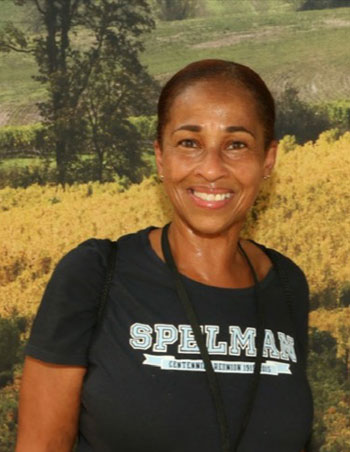
“My grandmother told me, ‘Girl, you want to get anywhere, you going to have to leave Pittsburgh.’ She didn’t feel there were any opportunities for African-Americans,” Ms. King said. “My father and grandfather both worked in steel mills, and it was bred into you that if you wanted to make it professionally, you were going to have to leave Pittsburgh.”
Those mills bolstered local blacks’ income, just like that of blue-collar whites, for much of the 20th century. But African-Americans were also more likely to be among the last hired and first fired during the manufacturing sector’s up-and-down cycles, so the eventual bottoming out hit them particularly hard, said Joe William Trotter Jr., director of CMU’s Center for Africanamerican Urban Studies and the Economy.
“The job structure open to African-Americans in Pittsburgh may have been less diverse than in other cities, almost solely dependent on steel, which encouraged less black middle-class growth,” he said.
Ms. King didn’t wait around for the collapse affecting workers like her father. She went away to Spelman College in Atlanta, a black institution for women, where even four decades ago — before that city really boomed and long before the Robinsons’ similar adjustment — she encountered a different black culture from what she’d known in Pittsburgh.
“These girls were coming to school with Trans Ams and designer luggage,” she recalled. “With a father who was a steelworker and my mother as a social worker, we were middle class compared to the people living around us, but I was nowhere near these girls who were daughters of doctors and lawyers and were the ones with housekeepers.”
With her Spelman economics degree, Ms. King worked for businesses in Detroit and Huntsville, Ala., before becoming a longtime production supervisor in Richmond for the Philip Morris tobacco company. Like Atlanta, Virginia’s capital has attractive black suburbs, African-Americans as political decision-makers, an abundant black population and a slew of culture that appeals to them.
Ms. King still likes visiting Pittsburgh, but it can be a stark adjustment.
“People visiting [from Richmond] with me say, ‘Where are the black people?’” she says. “Very few of my friends that stayed in Pittsburgh really made anything of themselves — they’re either struggling or just trying to make it. ... The ones that I know that have left have had a lot more success, as far as the professional ranks.”
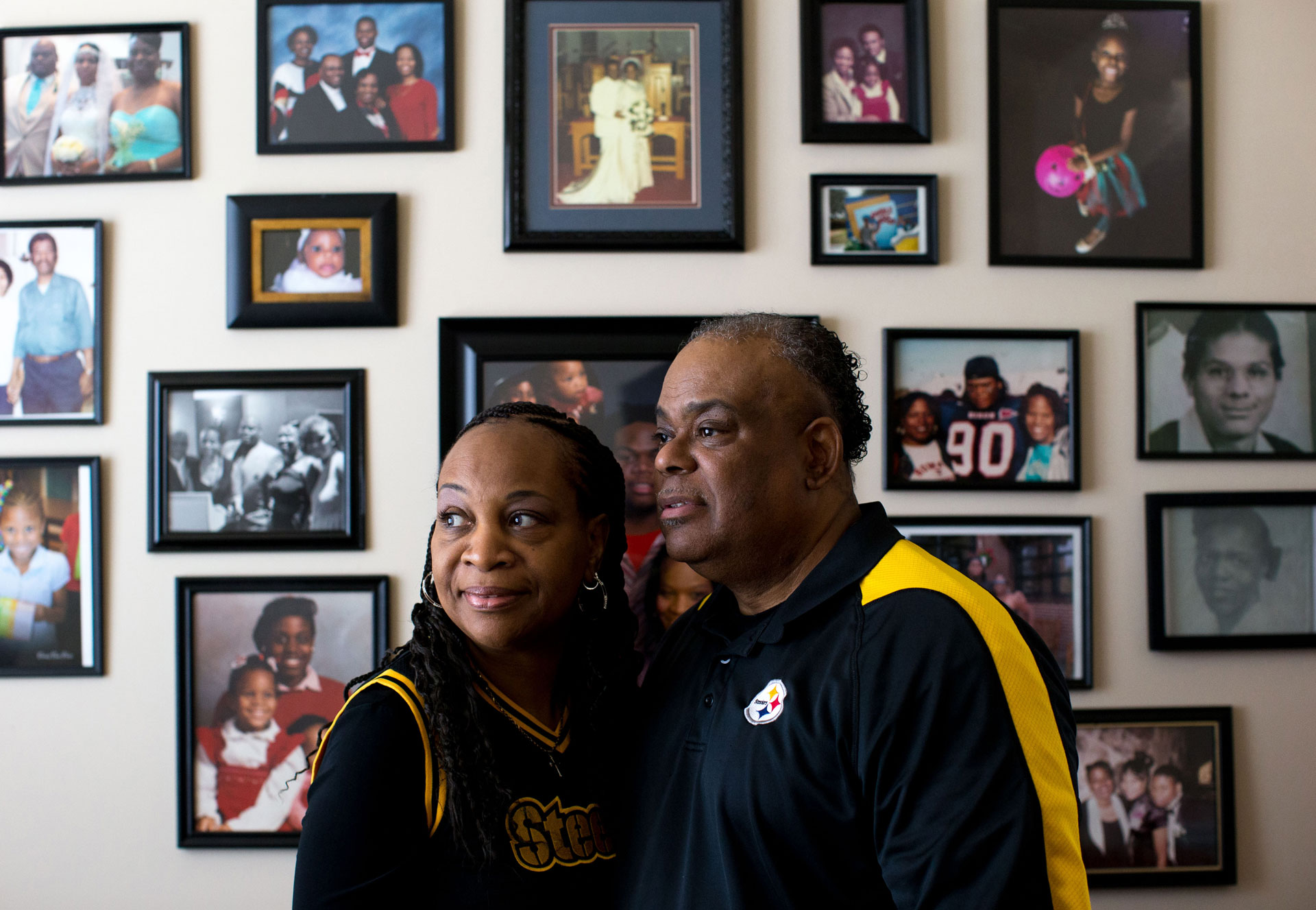
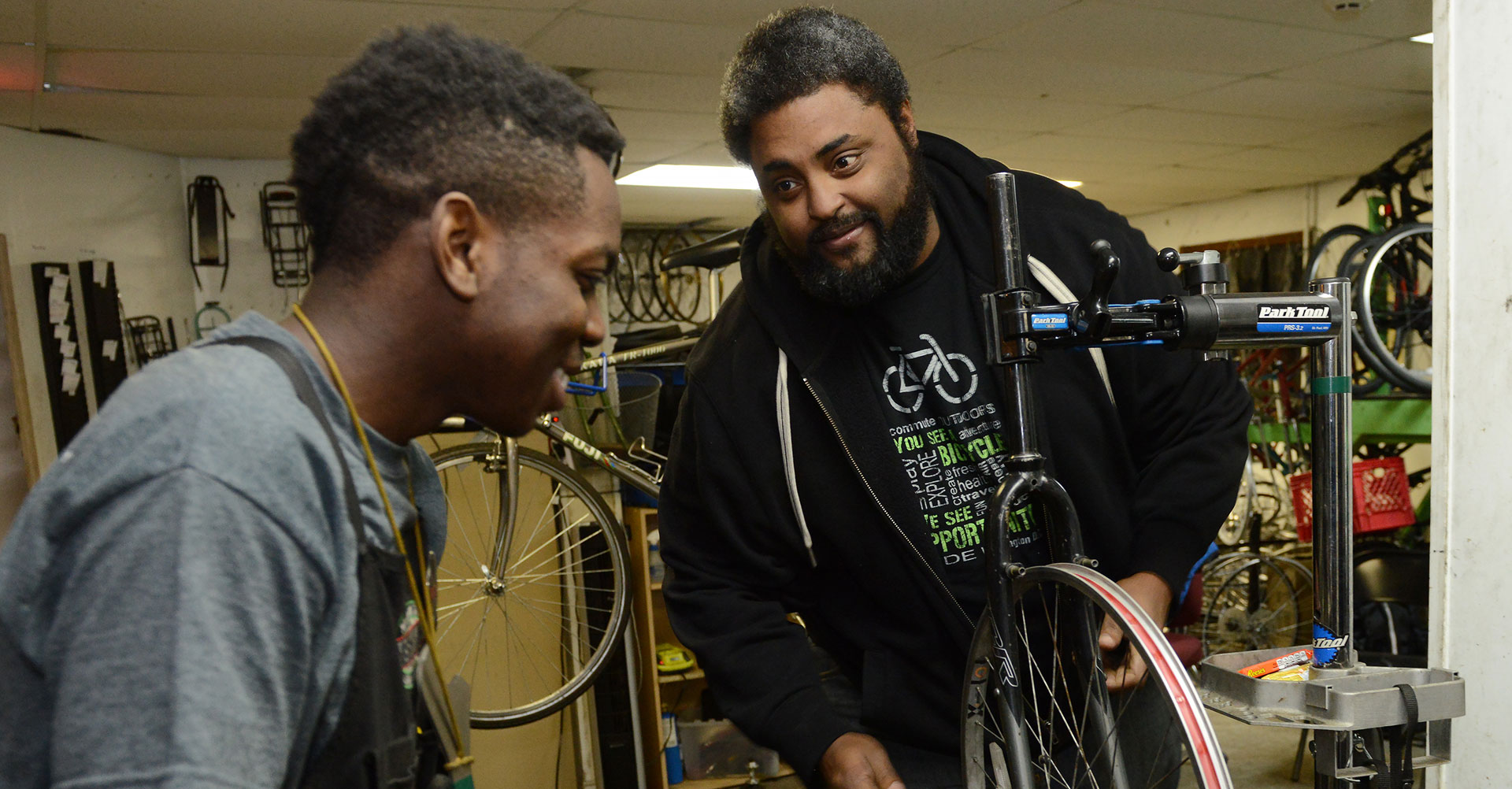
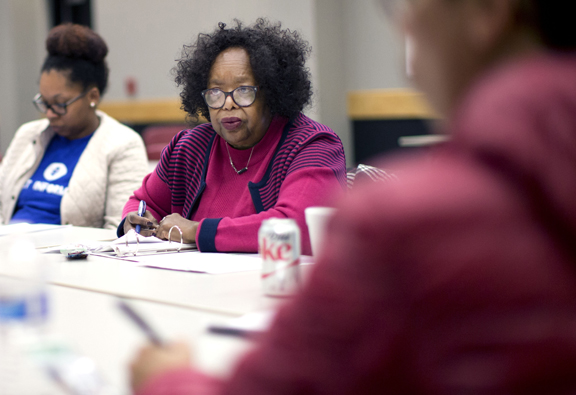
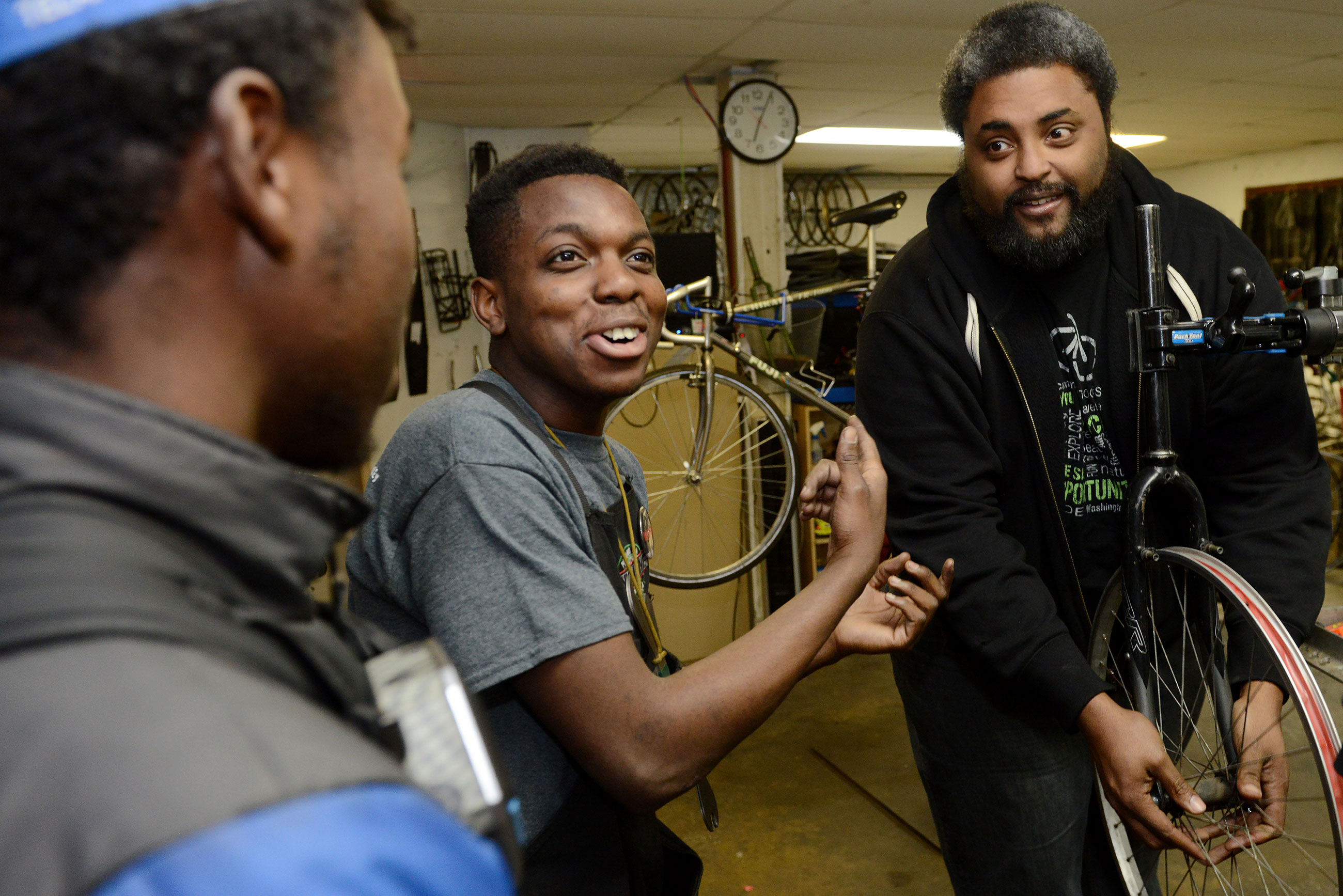
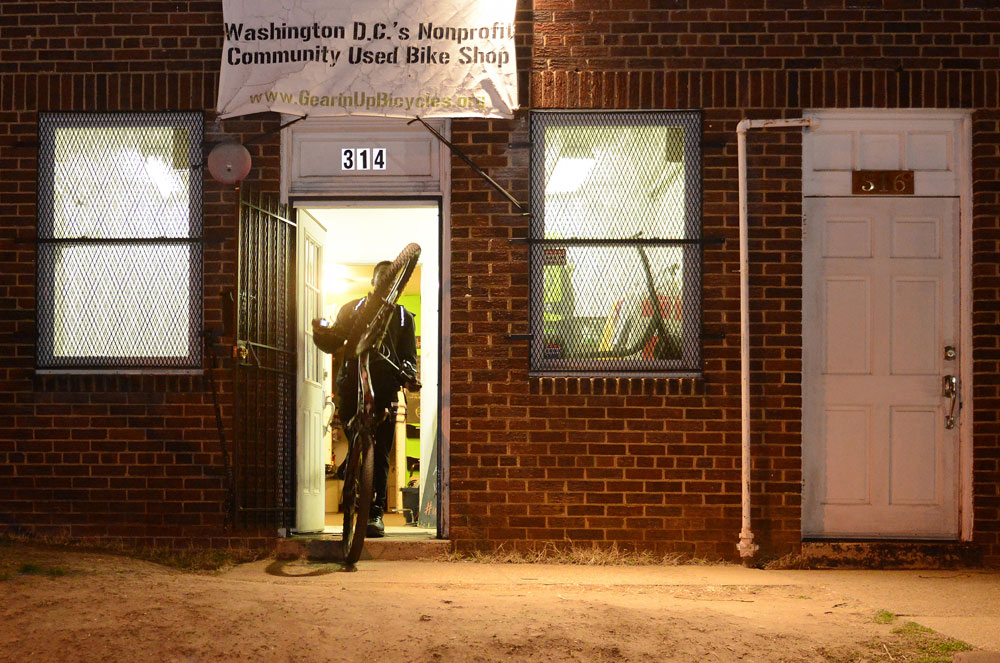


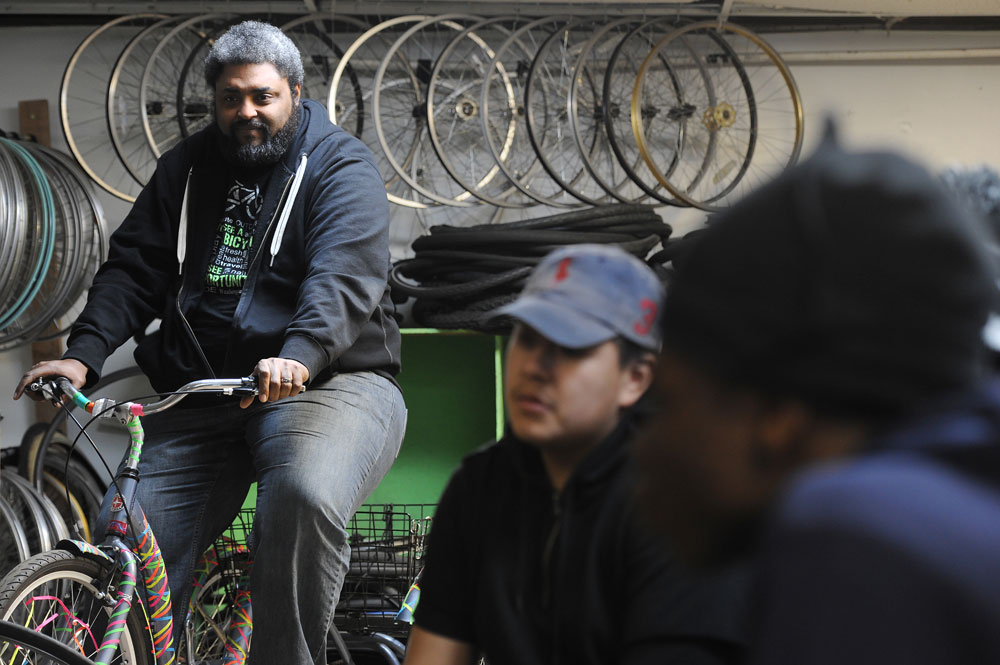



Comments
Login Register Logout